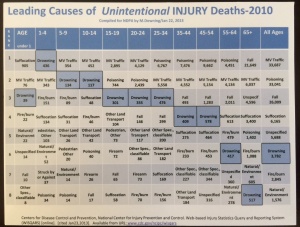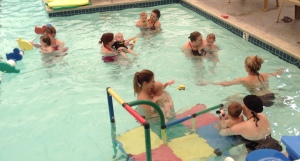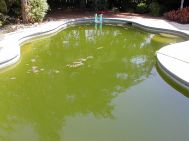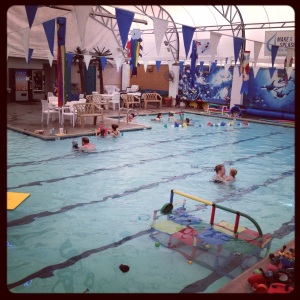Don’t worry. It is very common for young children to cry at their first swim lesson. The teachers know what to do, but we need your support. Remember, swimming is not just a fun activity, it is a necessary life skill.
WHAT TO DO WHEN YOUR CHILD IS CRYING AT SWIM LESSONS
Children crying at the swim school is a daily occurrence. There are many different reasons why a child might cry. It may be a child’s first time away from mom or dad, or it may be a child’s first visit to the pool. Children even cry because they do not want to get out of the pool. Whatever the reason, we are here to help you and your child become successful with their swimming.
If your child is apprehensive at first, please do not feel embarrassed or unwilling to follow through with your decision to have your child taught the life-saving skill of swimming. Also, if your child is under the age of two, you might consider enrolling them in a parent/tot class with you first.
Please remember, it is more traumatic to drown than it is to learn how to swim. In fact, we see that the children who at first were apprehensive, are the ones who truly learn to love the water and their lessons. It is a huge boost for their self-confidence and it gives them self-pride knowing they are able to accomplish a skill that they once thought was unobtainable. Here are a few tips that may be helpful as your child transitions into swim lessons:
HAND YOUR CHILD TO THE TEACHER
Please do not ask your child, “Do you want to go swimming?” It is best to say, “Today we are going swimming.” It is best not to give them an opportunity to say no. If your child is fussing prior to swim lessons, walk your child out on the deck and hand them to the teacher. Then walk back to the viewing area with a pleasant expression on your face. Never make a teacher chase your child or pry your child off your leg, this will make your child try to fight more. By handing your child over to the teacher, you are telling your child that you trust the teacher. That vote of confidence will help the teacher win over your child more quickly. While handing your child to the instructor, please avoid saying things like “Don’t be scared”, or “You don’t need to be afraid.” Using words like ‘scary’ and ‘afraid’ will give them a reason to be just that.
HIDE IN PLAIN SIGHT
If your crying child continually looks at you and calls to you in the waiting area, break eye contact with him or her. This can easily be accomplished by looking at a magazine or a book every time he or she looks at you. By breaking eye contact with your child during lessons, you will accelerate your child’s dependency and bonding with the teacher. Feel free to take a peek at your child every once in a while when they are not looking at you. Keep a pleasant expression on your face to show that you feel there’s no reason for alarm. If the crying continues, you may want to step out or “disappear.” If your child does not have an audience, they may decide it is not worth the effort to cry.
BE A CHEERLEADER
Another way to react to a child who is crying for you is to put on your best smile. Clap, give thumbs up, and use encouraging words. This assures them that you want them to take swimming lessons and that they can have fun doing it.
PIGGY BACK RIDES
Sometimes the teacher may place a crying child on their back while they are teaching the rest of the class. This can be an effective tool because your child will learn to depend on the teacher and feel more at ease with the teacher as time passes. Very often, this type of physical dependency is more effective than verbal reasoning with an upset child.
HOW LONG IS TOO LONG?
How long is too long for your child to cry in swim lessons? On average, most crying swim students have stopped after the third lesson. At the very least, you should notice that the crying is diminishing with each lesson. If not, it is possible that your child may need a private lesson. Some children are much more comfortable with the undivided attention of a caring instructor. Feel free to discuss all your options with the instructor or deck manager on duty. Just remember, your child is not the first nor the last child to cry at their swim lesson. Just ask any of the parents around the pool- they most likely went through the same thing.
note: I borrowed this article from Aqua Pros Swim School, San Diego, CA and slightly edited it to align with our philosophy at AQua Wave Swim School.

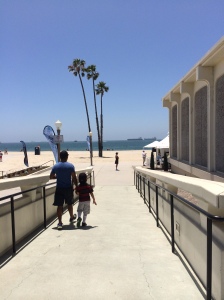 A few weeks ago, my family and I attended the last stop of the
A few weeks ago, my family and I attended the last stop of the 







